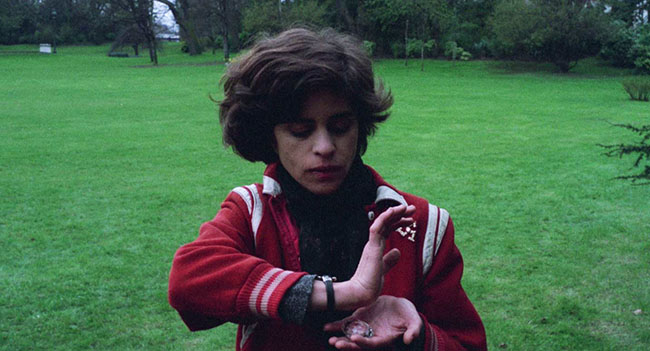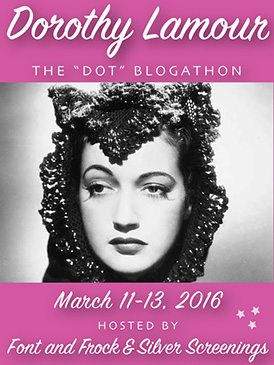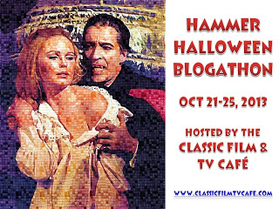
A young woman working at a hotel named Lucie (Hermine Karagheuz, Out 1) is approached by a mysterious woman in a veil, Leni (Juliet Berto, Celine and Julie Go Boating). She’s looking for a wealthy and powerful man who used to stay at the hotel, Lord Max Christie, claiming to be his longtime lover. Lucie regrets to tell her that Christie spent his time at the hotel with another woman, Sylvia Stern (Claire Nadeau, Nelly & Monsieur Arnaud). Nonetheless, Leni hires Lucie as a detective, putting her on the trail of the elusive Christie. Meanwhile, Lucie’s brother Pierrot (Jean Babilée) is being seduced by a pretty blonde, Viva (Bulle Ogier, Celine and Julie Go Boating), though he is also seeing a “ticket girl” hostess at a local club, Elsa (Nicole Garcia, My American Uncle). Viva is tracking down Sylvia Stern – who is found murdered in an aquarium, a burn mark on her body. Elsa – whose real name, when she’s not professionally flirting and dancing with men at the club, is Jeanne – discovers a large jewel on a choker in Pierrot’s dresser. She tries it on and it magically glows; it also leaves a burn mark on her neck just like the dead Sylvia’s. As for amateur detective Lucie, she meets Viva and begins to realize that both Viva and her client, Leni, are after the same jewel. Her brother reluctantly reveals their true natures: Viva is the daughter of the Sun, and Leni the daughter of the Moon. They can stay on Earth for only 40 days between the last full moon of winter and the first full moon of spring. The magic jewel can allow them to stay. Pierrot kept hold of it, hoping to become as powerful as its previous owner, Lord Christie; but the two supernatural women trap him in the center of their duel.

Lucie (Hermine Karagheuz) follows Viva (Bulle Ogier) in the pre-dawn hours.
With this film noir/fantasy plot you might expect a certain kind of film, but Duelle (1976) – a title that suggests a duel, a pair, and women – bears the mark of legendary French New Wave director Jacques Rivette. His films often dealt with (usually female) protagonists unraveling conspiracies that may or may not exist, the supernatural sometimes intruding in mundane ways. He was also the most literary director of the Nouvelle Vague, inspired as much by novels and the theater as his beloved cinema. With the sprawling, 760 minute Out 1 (1971) he mixed all these interests together using improvisation as his primary muse. By contrast, Celine and Julie Go Boating (1974), an international art house hit, stuck to a conservative three-hour running time and was downright accessible, with a playful haunted house mystery at its core. Duelle, at 121 minutes a wisp of a film by Rivette standards, reunited him with his Out 1 producer Stéphane Tchal Gadjieff and was to launch a quartet of films made closely together, unified thematically but diverse in genre. Though the project was never fully completed, the new, beautifully designed Arrow Academy box set The Jacques Rivette Collection pieces together the remnants: Duelle; the second film in the series, Noroît (1976); and Merry-Go-Round (1981), part of his comeback after ill health and anxiety scuttled plans to finish the quartet. (Decades later, he would complete another of the proposed films in the series, 2003’s sublime love story The Story of Marie and Julien. Only his “musical comedy” would remain unmade.) An Autumn 1975 Sight & Sound article, excerpted in the box set’s booklet, explains the concept of the series as Rivette envisioned it: “Some preliminary ground rules: each film covers the same 40-day Carnival period, extending from the last new moon of winter to the first full moon of spring, when goddesses are permitted commerce with mortals. These ‘daughters of fire’ – the title is taken from Nerval – come in two varieties, Daughters of the Sun (fairies) and Daughters of the Moon (ghosts).”

Juliet Berto as Leni, daughter of the Moon.
To add to the elaborate structure of the undertaking, the films would not be made in their intended order. This is why Duelle bears two subtitles, Une quarantine (“the forty,” referring to the enchanted 40 days), and Scènes de la vie parallèle: 2 (Scenes of a Parallel Life: 2). Though this film was the first in the series to appear, it was to be properly placed second in Scènes de la vie parallèle. Marie et Julien was to be the first, the musical comedy the third, and his Western/pirate movie, Noroît, the fourth and last. (By contrast, calling Star Wars “Episode IV” is fairly straightforward.) Rivette works in mysteries, conspiracies, and codes, so you could only tease out this information by reading interviews and articles. In Duelle itself, the story of two rival beings, the daughter of the Sun and the daughter of the Moon, and the jewel which will allow them to stay beyond the 40 days, is only revealed elliptically. In Rivette movies, characters do not stop and explain their relationships; they do not speak in exposition. You have to pay attention and work it out yourself, playing detective like Lucie. But more often than not, it reaps great rewards. Duelle begins like the sort of minor key, casually experimental effort you’d expect from a French New Wave director in the mid-70’s. But then people start dropping dead, the film becomes a genuine neo-noir (with a casino, a dance hall, a hotel, and a shadowy, empty aquarium as the primary settings), and – almost before you’ve noticed – an urban fantasy. Rivette was expressly influenced by Jean Cocteau, and you can see Cocteau’s masterpiece Orpheus (1950) in the way that supernatural beings pass through our contemporary reality with both playfulness and severity; but I ask you what is the difference between a film like Duelle, which transposes fantasy against the gritty backdrop of a twilight Paris, and the novels of China Miéville and Neil Gaiman? Rivette did it first. For this reason I included it in my 100 Essential Films of the Fantastic a few years back, even though its art house pacing will send some viewers packing.

Lucie works a spell on the sought-after jewel.
And on the art house side of the equation, we see Rivette once more inserting elements of improvisation and meta-commentary by putting the film’s composer right there in the background of many scenes. All the music is improvised and performed live by pianist Jean Wiéner; in one funny moment, he begins scoring a tense confrontation when you didn’t even notice he was there: light falls on shadows in back and suddenly there he is, haunting the room like another of Rivette’s ghosts. The cast consists largely of Rivette’s repertory company. Ogier, Berto, and Karagheuz had all appeared in Out 1; Berto played Celine in Celine and Julie Go Boating, which also featured Ogier. Ogier dresses like Celine and Julie‘s magician, wielding her stick (which hides a blade) like a magic wand. Rivette would also remain loyal to cinematographer William Lubtchansky throughout his career, and Lubtchansky works wonders here, inspired by the idea of moonlight and a duel between the Moon and the Sun by filming many of the scenes during the magic hour, the sky brightening slowly, the streets empty, lamps still lit. In the interior scenes he lets the room’s light sources suffuse corners or the softly glowing interiors of aquariums, and in the film’s key scene – the introduction of magic, as Elsa dons the jewel choker – her face drops into shadow and the gem lights supernaturally from within its recesses. Then light crosses her face again and the jewel dims. Rivette plays with this concept further when Leni and Viva are confronted by their foes. Viva, Sun-fairy, is cornered in darkness, the lights blinking out and the doors shutting, weakening her. Leni, Moon-ghost, is pushed down a hallway by Pierrot as he opens one door after another that spill sunlight, like Van Helsing fighting Dracula. But, this being a Rivette film, he is named not after a Stoker character but after the Pierrot of the Commedia dell’Arte. (Though he craves power by using the jewel – and at one point causes a mirror to break with a gesture in the air – his name reminds us that he will be doomed to play the fool.) For too many years Duelle has been the best-kept secret of Rivette’s filmography, known only to those lucky enough to attend revival screenings of Rivette’s work; that’s how I was introduced to it, over a decade ago. Now that we can finally watch it on Blu-Ray thanks to this essential box set, the secret is out: this is one of Rivette’s most accessible and very best. Now would somebody please get around to releasing Love on the Ground (1983)?










